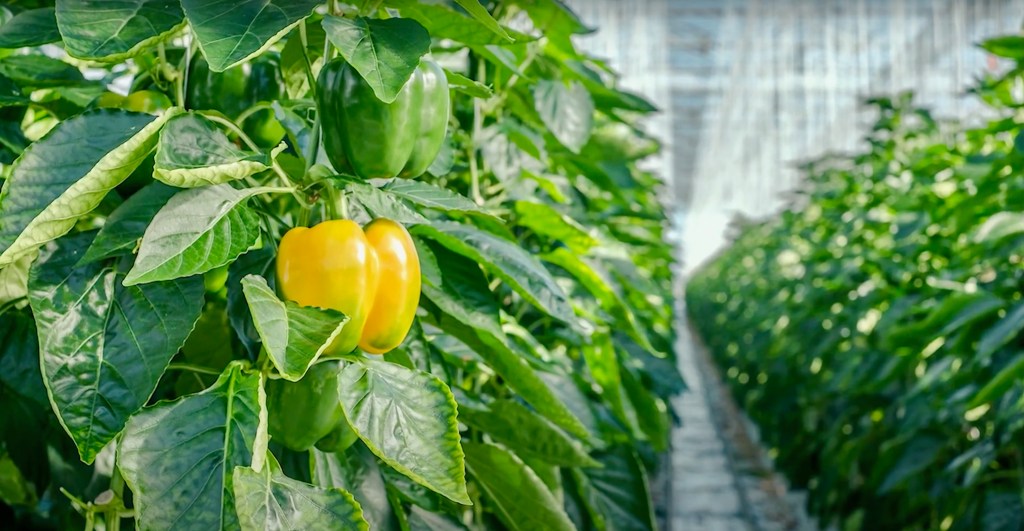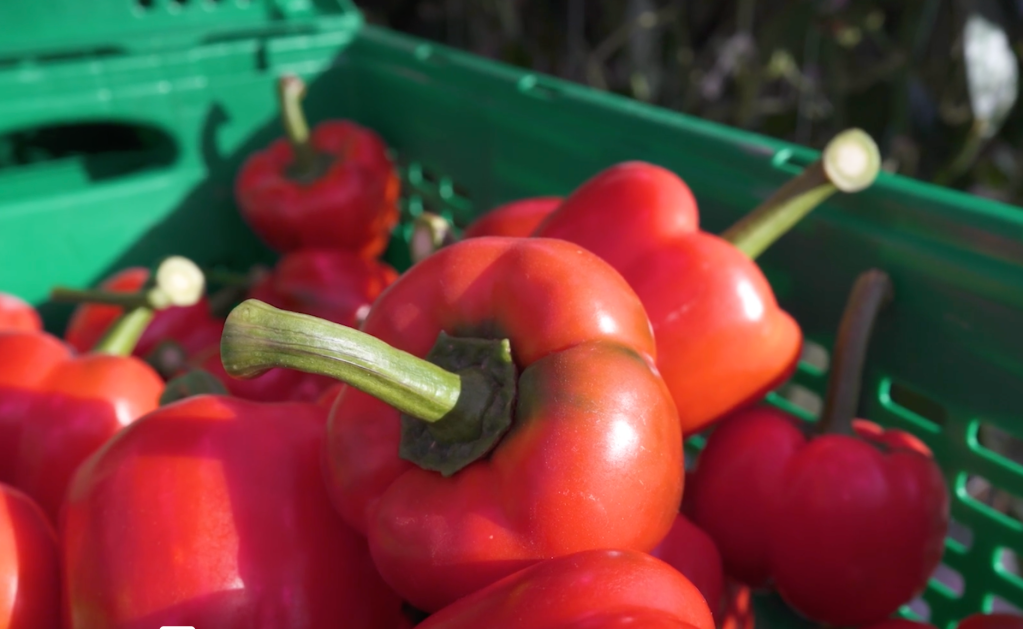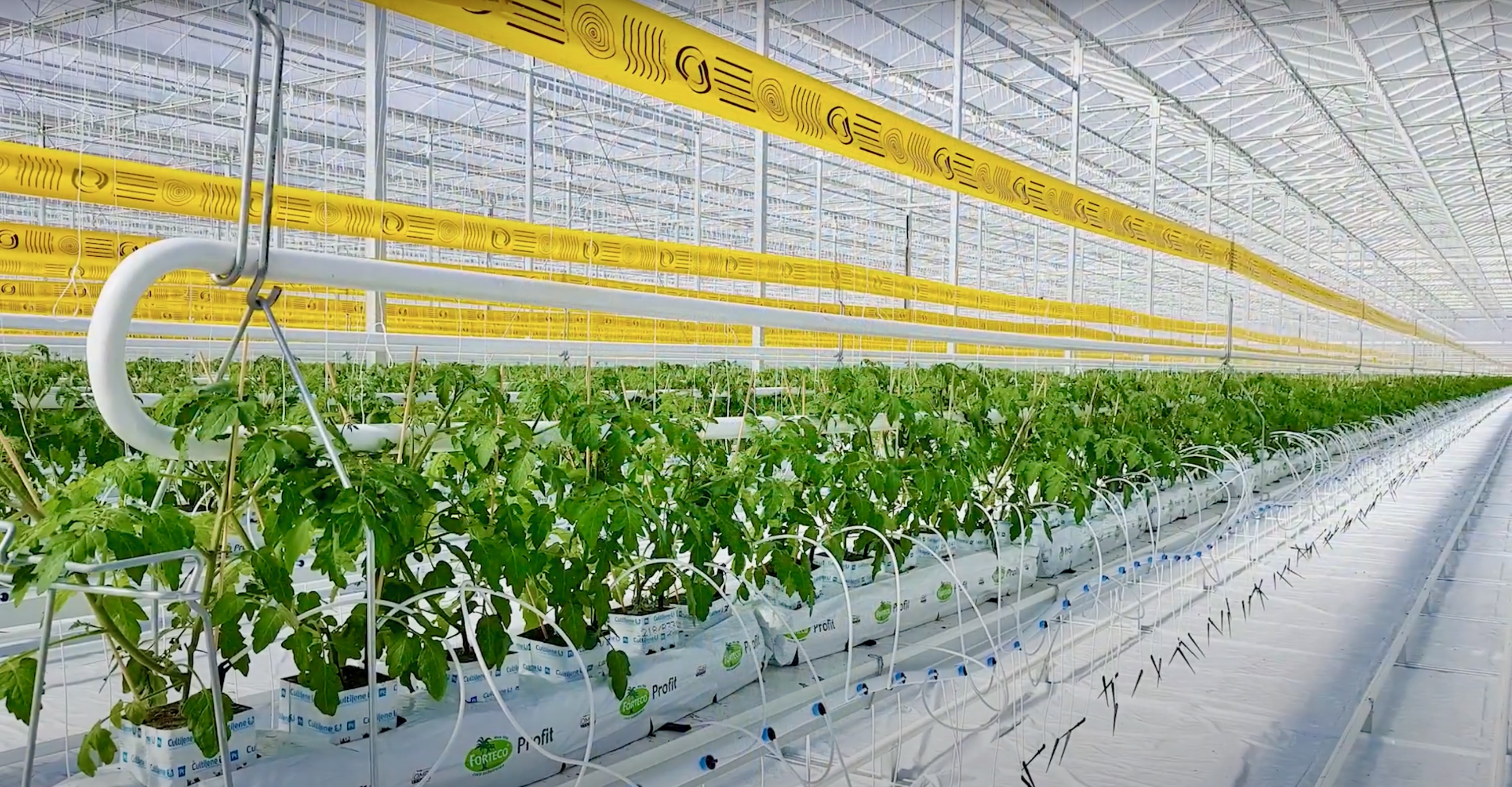Keith Bradley enjoys challenging problems. He also loves technology. His job as vice president of IT and security at Nature Fresh Farms supplies plenty of both. “I love showing people how technology can make life better, and that’s what I get to do every day,” he says. From company headquarters in Leamington, Ontario, Bradley manages a vast IT estate that controls approximately 250 acres of greenhouse across Canada, the United States, and Mexico.
“Nature Fresh Farms is a year-round grower of cucumbers, tomatoes, peppers and strawberries. Our goal is to get the freshest, best-tasting produce to you as quickly as possible,” says Bradley. “We want it in your shopping cart within 24-48 hours from the time we harvest it.”
Founded by Peter Quiring in 1999, Nature Fresh Farms has always used technology to improve the quality of its produce. “We want to ensure our produce is the highest quality, freshest and most flavorful,” says Bradley. “And as odd as it may sound, we use technology to do just that.”
How can technology create tastier produce?

Modern agriculture is the product of more than 10,000 years of technological innovation, from the domestication of plants and animals to the invention of the plow. Subject to natural forces beyond human control—from soil fertility to rainfall to insect infestation—modern farmers and their ancient counterparts face the same challenges that keep Bradley awake at night.
“We have to monitor, in real time, about 1.7 million plants,” says Bradley, “and each of those we control at the micro level, down to the milliliter of water, and any time that process is disrupted, it affects our growing cycle, and our quality.”
By maximizing every square inch of its operations, Nature Fresh Farms has set the green standard for sustainable, climate-controlled farming. Modern greenhouses use a wide range of innovative agricultural technologies, from LED-lit crop growing to vertical farming, to precision irrigation checked by IoT devices to water recycling, to CO2 recapture and fertilization and beneficial insects like bumblebees, ladybugs and lacewings. The company also minimizes its carbon footprint by siting greenhouses close to retail points of sale.
“We use technology to know exactly how produce is doing, from the time it’s picked from the vine, to when it needs to be packaged, and how quickly we can get it to your store.”
Keith Bradley, Vice President, IT and Security, Nature Fresh Farms
Anyone who grows basil on a windowsill understands the challenge of keeping a single plant alive and well. Keeping millions of growing plants healthy, productive and producing a year-round harvest demands a carefully orchestrated ensemble of activities integrating everything from planting to packing.
One of Bradley’s biggest challenges is keeping a watchful eye over hundreds of geographically separated acres of Nature Fresh Farms. “We have greenhouses in Ontario, Ohio and Mexico, but we manage them all as one,” he says. “Using VMware SD-WAN, we can tie all our facilities together, scale our growing and business operations, and keep our processes consistent. Everything is seamlessly intertwined.”
With IT integration comes connectivity and convenience. “We remain a people business, and we use technology to help our employees in their roles,” says Bradley. “One of my passions is to find ways to harness technology to improve the work-life balance for our employees. VMware Horizon enables our employees to work from anywhere.”
With so many endpoints, is security a problem? “We use VMware Carbon Black to protect our end users, and endpoints, at every moment of the day,” says Bradley. “This allows everyone to log in securely, control their greenhouse, and run it.”
“With these technologies, we have improved our farm-to-fork time, giving you a better pepper that tastes better and lasts longer.”
Keith Bradley, Vice President, IT and Security, Nature Fresh Farms
To make interactions with outside contractors safer and more efficient, Nature Fresh Farms uses VMware Workspace ONE UEM for contactless pickup and delivery. “We use it to communicate with our truck drivers,” says Bradley. “They pull up, back in, text us, digitally sign, and bang! That pepper’s on its way to you tomorrow.”
“Nature Fresh Farms has always wanted to be technologically advanced,” says Bradley. “We push the envelope to find ways to grow more efficiently, and that philosophy allows us to push the edge on innovation, to try new things.”
“With these technologies,” says Bradley, “we have improved our farm-to-fork time, giving you a better pepper that tastes better and lasts longer.”

